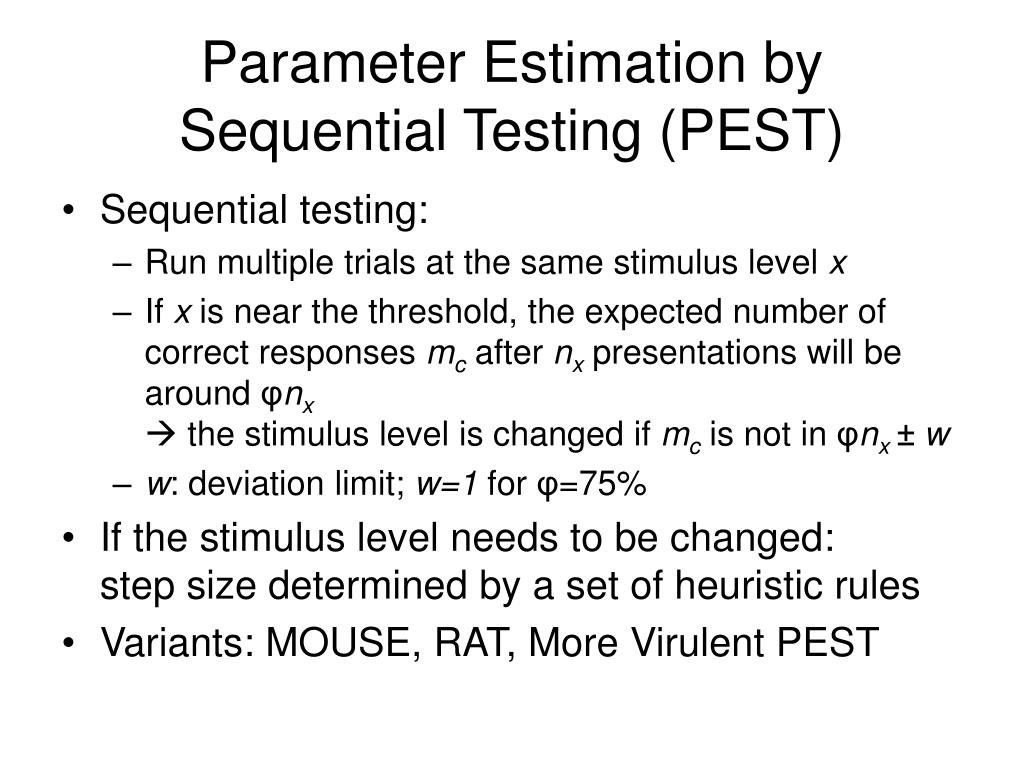

- Sequential testing ab testing how to#
- Sequential testing ab testing update#
- Sequential testing ab testing registration#
Like sequential testing, multivariate testing is a way to test changes to a website or app. Using sequential A/B testing will likely give you a clear, definitive answer as to which option is most preferable. Like Netflix discovered, experimentation is crucial in order to test your hypotheses and avoid falling prey to bad assumptions. Even though letting users browse the Netflix catalog helped to demonstrate the service’s value, it was more important to make barriers to entry as low as possible. This finding is particularly fascinating because it flew in the face of Netflix’s expectations. However, the tests showed that the original page with no catalog information still led to the most signups. Each of these variants gave users more information by letting them browse the Netflix catalog.
Sequential testing ab testing registration#
This way, the same number of people will view each version and you can measure which version achieved the lift that you would consider meaningful.įor example, Netflix used sequential A/B testing to assess the performance of its registration page in five head-to-head experiments against different variants.
Sequential testing ab testing update#
Each user sees just one design (A or B), even if they update the interface. The aim of split testing is to compare two different versions of the design to see which one performs better. Sequential testing often involves major changes, because you have a finite number of visitor impressions or mobile sessions and you want to get the most value from these experiments.Īlso known as split testing, sequential A/B testing is a good route when it comes to making design decisions or in the end of the design process. The changes that you test can be of any kind or size.

Sequential A/B tests compare two versions of a product. Below, we’ll explain the difference between them, as well as how you know which approach is right for your experimentation goal. There are essentially two ways of doing A/B testing: sequential and multivariate. Every time a user engages on mobile is an opportunity to learn about how you can optimize it using A/B testing. What’s important is the ensure the A/B tests that you do run are statistically significant and give you meaningful results that you can iterate on. Most of us don’t have the luxury nor the population size to run dozens of tests over a button color. When Google couldn’t decide which of two blue colors they preferred for a certain design element, they reportedly used A/B testing to assess the performance of 41 different shades of blue instead. Even the simplest of tests can help steer big decisions. This powerful tool helps both digital and mobile teams validate their assumptions and make data-driven decisions about their releases - from testing which UI elements leads to higher engagement to how a modified checkout flow affects orders.įrom startups to large tech firms, companies of all sizes and industries rely on A/B testing to make smarter choices.
Sequential testing ab testing how to#
A/B Testingīefore we get into multivariate testing, let’s take a quick look at A/B testing.Ī/B testing is a recognized form of experimentation that enables businesses to understand their users and how to optimize their experiences. So how, when, and why to choose between multivariate testing vs A/B testing strategies? We’ll explore how these two strategies differ and when to choose multivariate tests. But in some cases, such as launching a new homepage, multivariate tests can offer more impactful insights. If you’re looking to optimize your app’s conversion rate, sequential A/B tests, or experiments with two variants, usually do the trick. Deciding between sequential and multivariate testing without knowing their advantages and limitations can pose significant challenges.


 0 kommentar(er)
0 kommentar(er)
